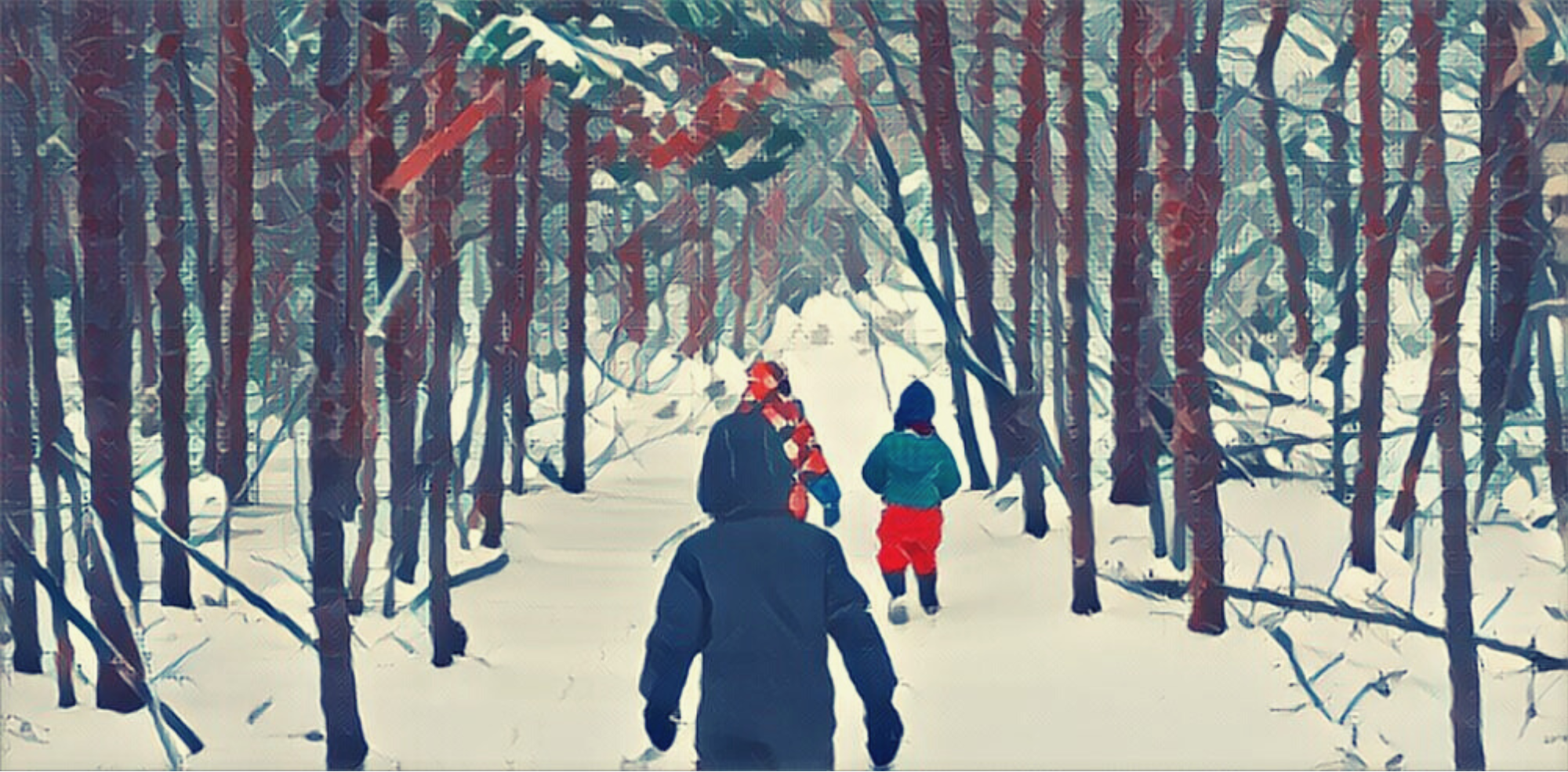8 Looking at Diverse Outdoor Play Spaces

“When people connect with nature, it happens somewhere.”
-Robert Michael Pyle[1]
Brief Overview
Important Terms
- Outdoor Classroom
- Adventure Playground
- Nature Playscapes
- Forest Schools
- Outdoor natural play environment in an ECEC space
Outdoor classrooms encompass a broad range of outdoor learning environments. At it’s most basic level, an outdoor classroom may simply mean moving a standard classroom outdoors. There are positive impacts to even this small shift as moving learning outdoors has been shown to improve focus, and when outdoors children will inevitably encounter the natural world.
Adventure playgrounds contain a variety of loose parts that children can interact and play with. In these settings, children are the creators of the play environment and decide on its purpose. These spaces help with learning limitations and boundaries as well as encouraging imaginative play, creative thinking and problem solving. They have also been associated with increased confidence, sense of self and collaboration.
In comparison to a static playground with one literal play structure, nature playscapes are dynamic, open-ended, have no central location, and use natural materials. Land is modified with natural materials to encourage play and spark curiosity. These play spaces help to support inclusion and inspire all children to play.
Forest schools should be intimately connected to the place in which they exist. They should be rooted in local Indigenous knowledge of the land, water, and sky, and all their inhabitants . Educators share knowledge with children in ways that reinforce and deepen connection to place. The key to this is providing time and space for children to explore, observe, and interact with the natural world.
An outdoor natural play environment in an ECEC space may blend elements from all of the above outdoor play spaces described. They are intentional or unintentional reflections of relationships and understanding of nature, images of learning, and images of the child.
Key Takeaways
Click on the nine check marks in the activity below to read about the different features of adventure playgrounds.
Drag and drop the appropriate descriptions of playgrounds and playscapes onto their photos.
Additional Resources
Mordecai Children’s Garden in Denver, Colorado
Children’s gardens are another example of outdoor play spaces that are intentionally created to support children and their relationships with nature and place. Check out this short video about the Mordecai Children’s Garden in Denver, Colorado to learn about the thoughtful choices that were made to make the garden inclusive and connected for all children.
Who is really accessing forest schools? The Benefits of Outdoor Education aren’t Accessible to All
In the article written by Tina Deines, they explore who is really able to access forest schools in a private system and how educators are responding.
Reflect
Diverse Worldviews and Outdoor Spaces for Children
Reflect on the differences between spaces designed with intention for children to specifically connect with nature through play, like nature playscapes, versus children living in a way that is intimately interwoven with nature in all aspects.
Think back to our earlier discussions and experiences with Indigenous land-based learning. Consider how Indigenous children’s relationships to nature might impact outdoor/nature play differently than non-Indigenous children.
Experience
Put yourself in the role of the child. Find an outdoor and/or nature play space and be present in it.
Sensory exploration from the perspective of your inner child:
- What does it feel like in this space?
- What are you drawn to?
- What do you notice?
- Describe the space using all your senses.
Also notice when there is a disconnect…
- What is missing in the space?
- Could changes be made to better support the whole child and play? The child’s relationship to nature?
- Pyle, R. M. (1993). The thunder tree: Lessons from an urban wildland. Oregon State University Press. ↵

